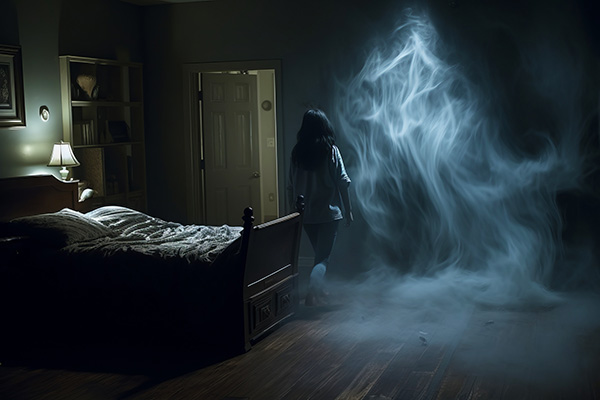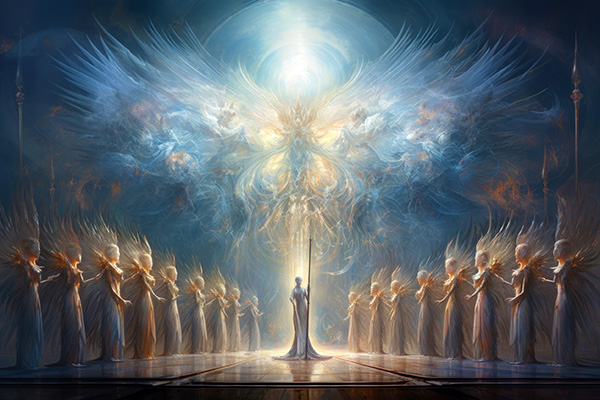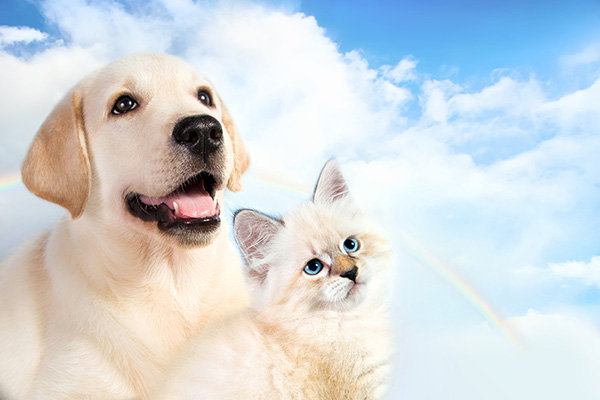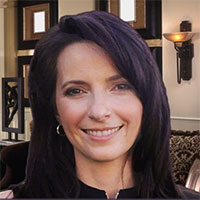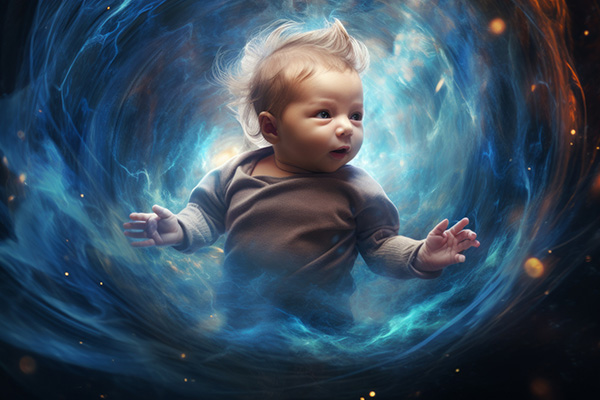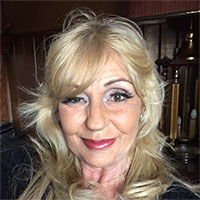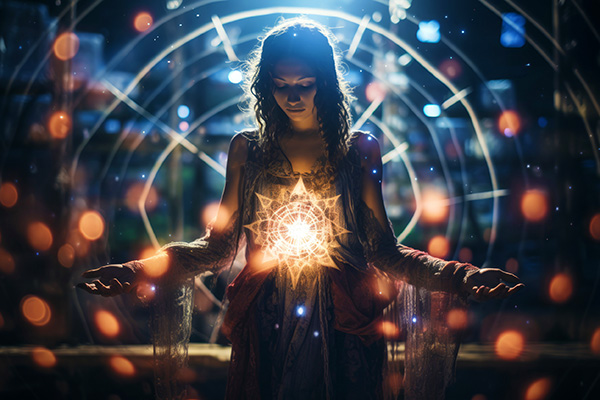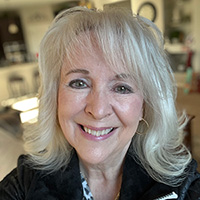Uncovering the True Purpose via the Strength of Love’s Connection
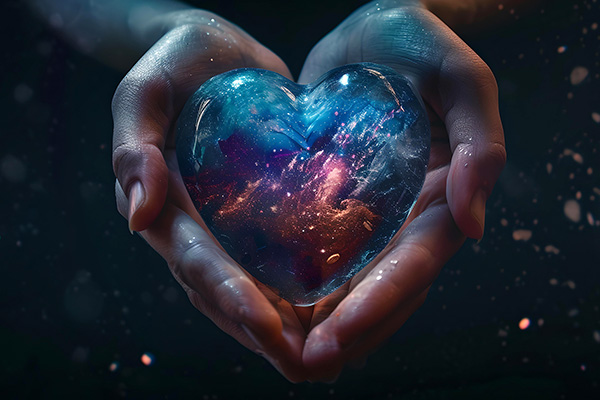 There exists a profound understanding about existence that many individuals may not fully comprehend until their life’s journey comes to a close.
There exists a profound understanding about existence that many individuals may not fully comprehend until their life’s journey comes to a close.
Our genuine mission in this life transcends success, reputation, or the tangible possessions we gather. It centers around something significantly deeper and more exquisite: love.
At the essence of our being lies the simple yet compelling truth that we are inherently connected. This is why we must love without conditions, share our talents with the world, and approach others with generosity, empathy, and sincerity.
However, we frequently become entangled in the chase for approval, achievements, and material wealth, only to recognize—sometimes too late—that love stands as the most meaningful achievement of all.
Think of a droplet of water falling into the vast ocean. By itself, it may appear insignificant and isolated. Yet, once it merges with the immense ocean, it no longer remains merely a drop—it becomes a part of something boundless, intertwined with every wave, every current, and every ripple.
That’s who we are. We aren’t truly isolated; we are intricately woven into the tapestry of existence, flowing collectively in this magnificent cosmic rhythm.
And when we operate from a place of love—when we opt to be present, to forgive, to elevate others—we transform into something greater than ourselves. We become a component of something timeless.
Ultimately, what holds the most significance is not our possessions or our achievements, but the love we have shared, the lives we have influenced, and the hearts we have warmed a little more. Love is the thread that unifies us all, the force that propels us from this transient moment toward eternity.
The fundamental lesson that we all must absorb is unconditional love, encompassing not only others but ourselves too ~ Elisabeth Kubler-Ross
The Spiritual Concept Of Oneness
Oneness is a concept present in nearly every spiritual tradition. While each path illustrates it uniquely, the essence remains consistent: we are all part of something larger.
Numerous indigenous cultures have long cherished this wisdom. The Lakota phrase mitákuye oyás’iŋ (all my relations) embodies the belief that humans, animals, plants, and even natural elements are intricately connected within a sacred life tapestry. Through rituals, narratives, and a profound respect for nature, these practices nurture a sense of unity.
Hinduism, particularly Advaita Vedanta, imparts that the individual soul (Atman) and the universal consciousness (Brahman) are one and the same. The phrase tat tvam asi (thou art that) serves as a reminder that beyond the illusion of individuality, our true essence is divine and inseparable from the source of all existence. Through meditation and introspection, seekers come to realize this unity.
Buddhism approaches this from a different angle, teaching that the notion of a separate self is an illusion. Concepts like anatta (no-self) and interdependent origination express that everything exists in relation to everything else. As Thich Nhat Hanh eloquently stated, “We are here to awaken from the illusion of separateness. Mindfulness and compassion aid in dissolving the ego and unveiling the profound connections we share.
Christianity also conveys divine oneness. In John 17:21, Jesus prays, “That they may all be one, as you, Father, are in me, and I in you.” Christian mystics such as Meister Eckhart and St. Teresa of Avila describe experiences where their sense of self diminished, leaving only the essence of God. Silence, contemplation, and surrender to divine love open pathways to this deep connection.
Sufism, the mystical aspect of Islam, speaks of unity through wahdat al-wujud (the unity of being). The poet Rumi often wrote about merging into divine love, likening the soul to a droplet that becomes one with the ocean. Through music, dance, and devotion, Sufis strive to transcend the illusion of separation and recognize that all creation reflects the Divine.
Even science gestures toward this reality. The phenomenon of quantum entanglement in quantum physics—where particles remain linked regardless of distance—echoes spiritual insights regarding the interconnectedness of all things. It appears that science and spirituality ultimately communicate the same truth.
Regardless of the books you may read, realizing the Divine cannot be achieved solely through intellectual efforts. One must actualize it through practice. That sense of unity can only be fostered through the practice of love and not through any alternate methods ~ Sri Sathya Sai Baba
The Universal Law Of Oneness
The Universal Law of Oneness posits that everything in existence is interlinked. While our human perception often breeds the illusion of separateness, the truth is that our thoughts, actions, and emotions resonate through the collective consciousness, influencing each other in ways we may not completely comprehend.
Upon realizing this truth, our perspective on life begins to shift. We come to understand that each act of kindness sends waves of love throughout the world. That how we treat others eventually reflects how we treat ourselves. That love, when openly shared, grows and transforms everything it encounters.
Of course, embracing oneness and embodying unconditional love can be challenging. Each of us faces trials, disparities, and hardships. Life presents us with relationships that test our patience, moments of conflict pushing us to evolve, and wounds making it difficult to keep our hearts open. Yet, these experiences are not hurdles—they are opportunities. They urge us to rise above judgment, to practice forgiveness, and to love even amidst difficulties.
It is effortless to love when circumstances are favorable. However, true love is tested during struggles. Can we transcend our differences? Can we release resentment and opt for connection over division? When we do, we liberate ourselves from bitterness and experience a love that is unbounded and unconditional.
The genesis of love is to let those we cherish be their authentic selves, rather than molding them to fit our own image. Otherwise, we only love the reflection of ourselves that we recognize in them. ~ Thomas Merton
Overcoming Darkness With Love
There are negative forces in the world that flourish on division—fear, animosity, and the illusion of separation. They thrive on discord and distract us from our true essence. However, we are not defenseless against them. Love stands as the most potent force in existence, and each time we opt to love—every time we reach out with kindness, forgive, or illuminate the darkness—we diminish these forces.
When love guides us, we alter the energy in our lives and those around us. It’s found in the warmth of a smile, the kindness in our words, the small gestures of generosity that radiate outward in ways we may never observe. Love is not merely an emotion; it is a choice, an action, a mode of existence.
At some point, each of us will depart this world. When that moment arrives, I wish to reflect back and know that I lived with love. That I was present for the individuals I cared for. That I made an impact in whatever capacity I could. That I embraced my purpose and remained loyal to my soul.
Until that time arrives, I will cherish every connection, every shared laugh, every sincere conversation. Because heaven on earth is not a distant destination—it is something we manifest through love, presence, and our commitment to each other.
Thus, let’s hold on to what genuinely matters. Not wealth, not status, not accolades. But love. The love we offer, the love we receive, and the love we embody.
For, in the end, love is all that persists. And it is sufficient.
|
Moon Goddess is a third-generation empathic healer and seer. She has been providing healing readings for individuals for over two decades. With a lifelong fascination and study of all things metaphysical, she possesses heightened sensitivity, allowing her to perceive and feel events before they occur. Utilizing Tarot and the guidance of her spiritual support, she serves as a beacon of assistance for many across the globe. After he transitioned, her grandfather kept his promise and returned to bid farewell, offering her a remarkable experience. Moon believes in the existence of a beautiful Heaven! Sharing her experience has provided comfort to many who have lost loved ones or are navigating grief. Obtain a reading with Moon Goddess now at PsychicAccess.com. |
Unveiling the Genuine Purpose through the Force of Love’s Interconnectedness
In a world brimming with distractions and incessant noise, it can be effortless to lose track of our authentic purpose in life. We frequently find ourselves pursuing external validation, material wealth, or societal norms, only to discover that these pursuits do not yield enduring satisfaction. However, a potent force can direct us towards our genuine purpose—the force of love’s interconnectedness.
Love’s interconnectedness transcends romantic or familial ties; it encompasses a force that binds all living entities. It acknowledges our shared connection and the implications of our actions that extend far beyond ourselves. When we harness this power, we can unveil our true purpose and lead a life that resonates with our core values.
One of the initial steps toward discovering our sincere purpose is to nurture self-love. This entails accepting and appreciating our entire being, including our shortcomings and imperfections. When we love ourselves without conditions, we become better equipped to extend that love to others and the world at large. Self-love enables us to relinquish the desire for external validation and to trust in our intuition and inner wisdom.
Once we have fostered self-love, we can begin to share that love with others. Love’s interconnectedness teaches us that we are all related, and by loving and uplifting one another, we can foster a more harmonious and empathetic world. Acts of kindness, empathy, and compassion not only benefit others but also instill in us a sense of purpose and fulfillment.
Uncovering our genuine purpose also necessitates aligning our actions with our values. Love’s interconnectedness reminds us that we form part of a larger whole, and our actions should be steered by love, compassion, and respect for all beings. Living in harmony with our principles cultivates a profound sense of purpose and fulfillment, as we understand that our actions positively influence the world.
Additionally, love’s interconnectedness encourages us to release ego-driven ambitions and to concentrate on serving the common good. When we redirect our attention from individual gain to collective welfare, we connect with a greater purpose that surpasses our personal needs and desires. This change in perspective allows us to contribute to the world meaningfully and to find fulfillment in serving others.
Discovering our authentic purpose through the power of love’s interconnectedness is a lifelong expedition. It calls for self-reflection, introspection, and a readiness to abandon societal expectations and external validation. It requires us to heed our hearts and trust our instincts. However, when we harness this power, we unlock a sense of purpose and fulfillment beyond our wildest dreams.
In conclusion, unveiling our genuine purpose through the force of love’s interconnectedness is a transformative journey that empowers us to lead a life that aligns with our deepest values. By cultivating self-love, extending love to others, aligning our actions with our principles, and serving the common good, we can tap into a higher purpose that offers us lasting fulfillment. So, let us embrace the force of love’s interconnectedness and embark on a journey of self-discovery and purpose. Continue reading


